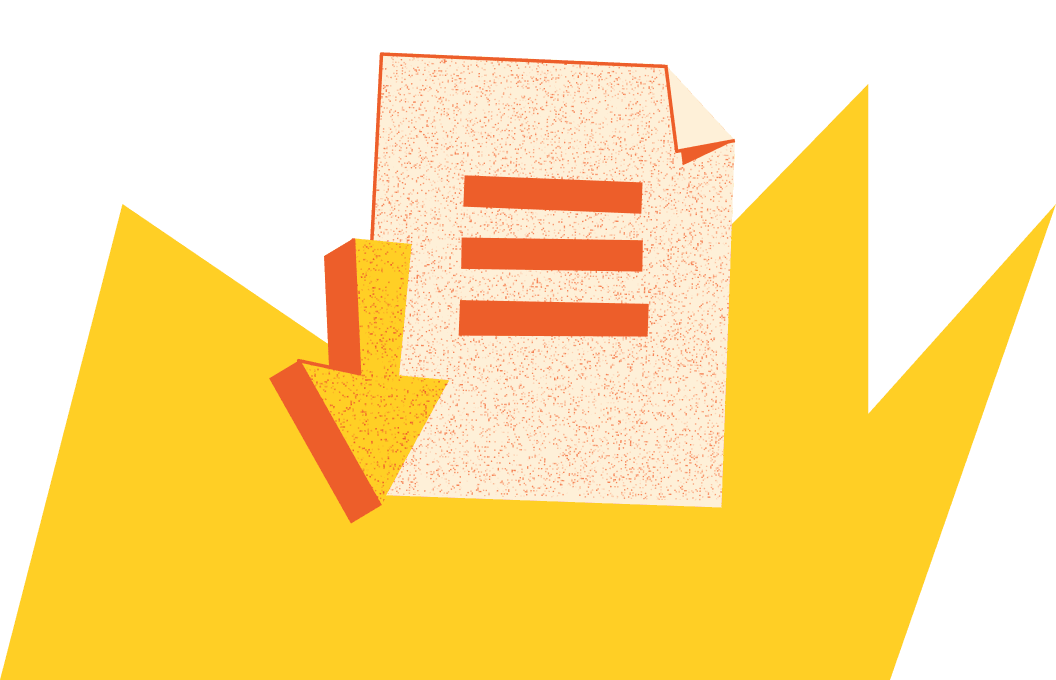Guide
A Guide to Using an Employer of Record to De-risk Global M&As
Legal & compliance
Employer of record

Get the resource for free
Set your team up for a fast and frictionless cross-border deal.
Every dealmaker wants to reach the other side of their M&A as quickly as possible. But the complexities involved in a global transaction can often stall the process and potentially decrease the value of the deal.
Managing new system integrations, global regulatory and legal compliance, entity setup, and talent retention are only the beginning. Fortunately, you can use an employer of record (EOR) to streamline a cross-border transaction.
“Companies looking to expand globally can utilize EOR as a way into new markets without the initial need to set up a new entity,” explains Steve Hoffman, Strategic Partnerships at Deel. “EORs can also be strategically utilized to shorten TSAs (transitional services agreements), bridging the gap of employment when one entity is dissolved, and the other is getting set up.”
By using an EOR, you can provide your entire team with a better M&A experience. Read this guide to learn how to use an EOR to manage compliance, mitigate risk, and execute your international growth plans in record time.
How much experience does Deel have with M&As?
Our experts have helped companies of varying sizes execute M&As in 30 countries and counting. Deel has also acquired five companies over two years, including Legalpad, Roots, and PayGroup, a public company listed on the Australian Stock Exchange (ASX).
What’s an employer of record (EOR)?
An employer of record is an organization that acts as the legal employer for their clients’ foreign employees. An EOR assumes all legal responsibilities regarding employment (contracts, salaries, benefits, taxes) and ensures their clients can hire from different countries in full compliance with local employment laws.
Download the guide today to learn more.









